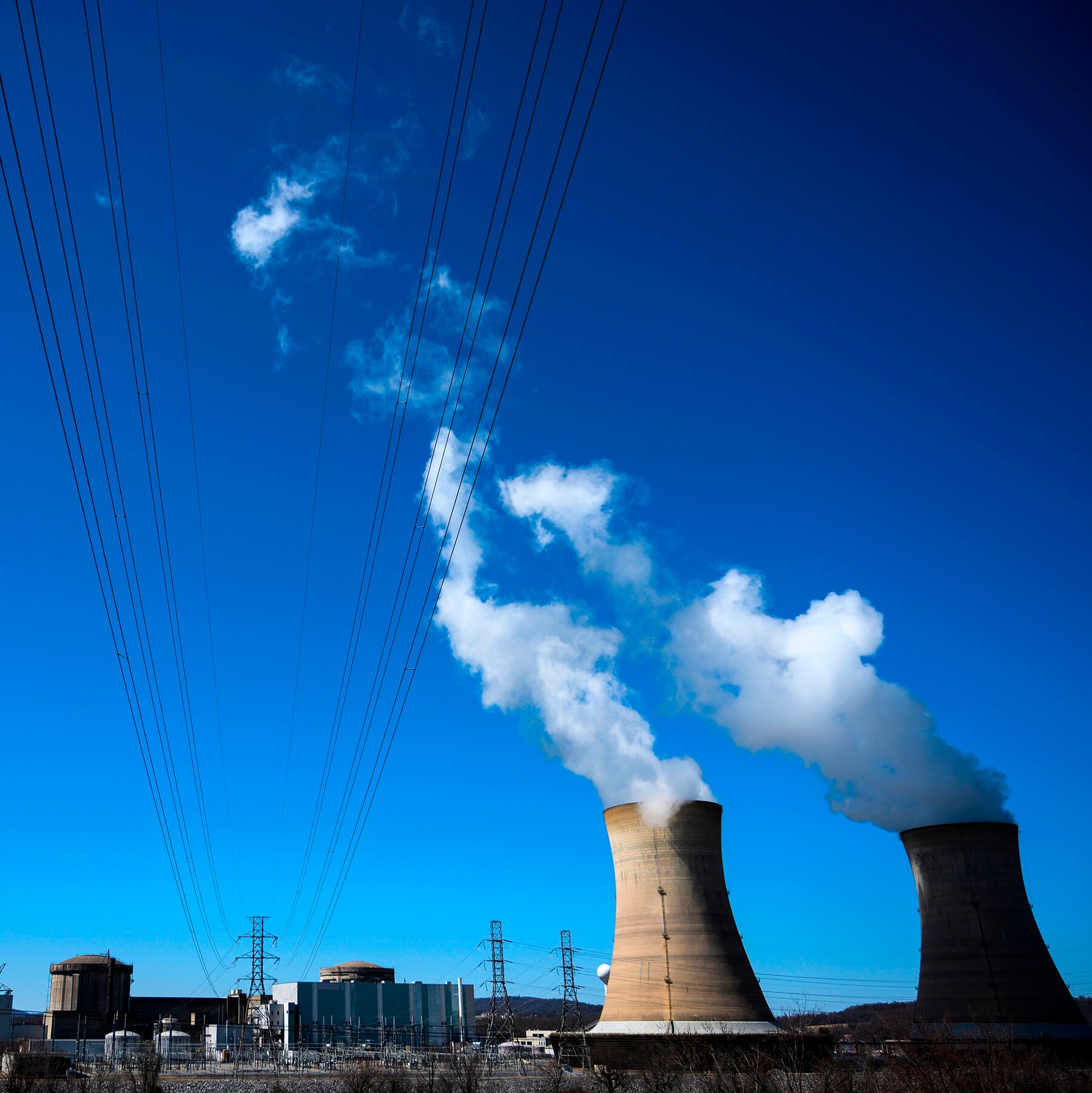The latest business confidence index for Australia paints a concerning picture of the economy.
Business conditions dropped back below average in August, reversing the brief improvement seen in July, while business confidence sank into negative territory. The overall index fell by 5 points to -4, indicating a significant decline in optimism among business leaders.
Several sectors, including consumer-facing industries and manufacturing, experienced particularly sharp declines. The decline in conditions was largely driven by a drop in the employment subcomponent, suggesting that weaker trading conditions and profitability are beginning to impact labour demand. Confidence also saw a significant fall, with forward orders remaining in negative territory. However, capacity utilization remained high, and capital expenditure (capex) rose during the month.
On the price front, labour cost growth eased, but purchase cost growth edged higher. Retail price growth stayed elevated, continuing to outpace overall output price inflation. The recent National Accounts data, showing soft private sector growth in Q2, points to a continuation of sluggish economic activity into the new financial year, with potential early signs of a softening labour market.
Survey highlights
Business Confidence: Fell 5 points to -4, with significant drops across recreation & personal services, transport & utilities, construction, and manufacturing sectors. Confidence remained particularly weak in retail and wholesale.
Business Conditions: Dropped 3 points to +3, driven by a 6-point fall in the employment subcomponent. There were also small declines in trading conditions and profitability.
Industry Performance: Conditions fell sharply in wholesale (down 18 points), manufacturing (down 9 points), retail (down 6 points), and transport & utilities (down 5 points). The mining sector posted a strong recovery, while construction and recreation & personal services saw marginal gains.
State Breakdown: Conditions fell in NSW (down 5 points), Victoria (down 3 points), and South Australia, with Tasmania experiencing a large negative correction. Queensland was flat, while Western Australia saw a 1-point increase. Queensland remains the strongest performer in trend terms.
Forward Orders & Capex: Forward orders remained unchanged at -4 points. Capex rose by 5 points to +11, indicating continued investment in capacity.
Capacity Utilisation: Increased to 82.9%, still well above the long-term average but lower than June’s peak.
Cost & Price Pressures: Labour cost growth eased to 1.7% in quarterly terms, down from 2.4% in July, while purchase cost growth edged higher to 1.6%. Product price growth was stable at 0.6%, while retail price growth accelerated to 1.2%.
This downturn in both business conditions and confidence raises concerns about sustained weakness in the private sector as economic challenges persist.
Keep up to date with our stories on LinkedIn, Twitter, Facebook and Instagram.
Business conditions slipped back below average in August, as confidence turned negative and employment demand weakened News, Business, Confidence Dynamic Business







